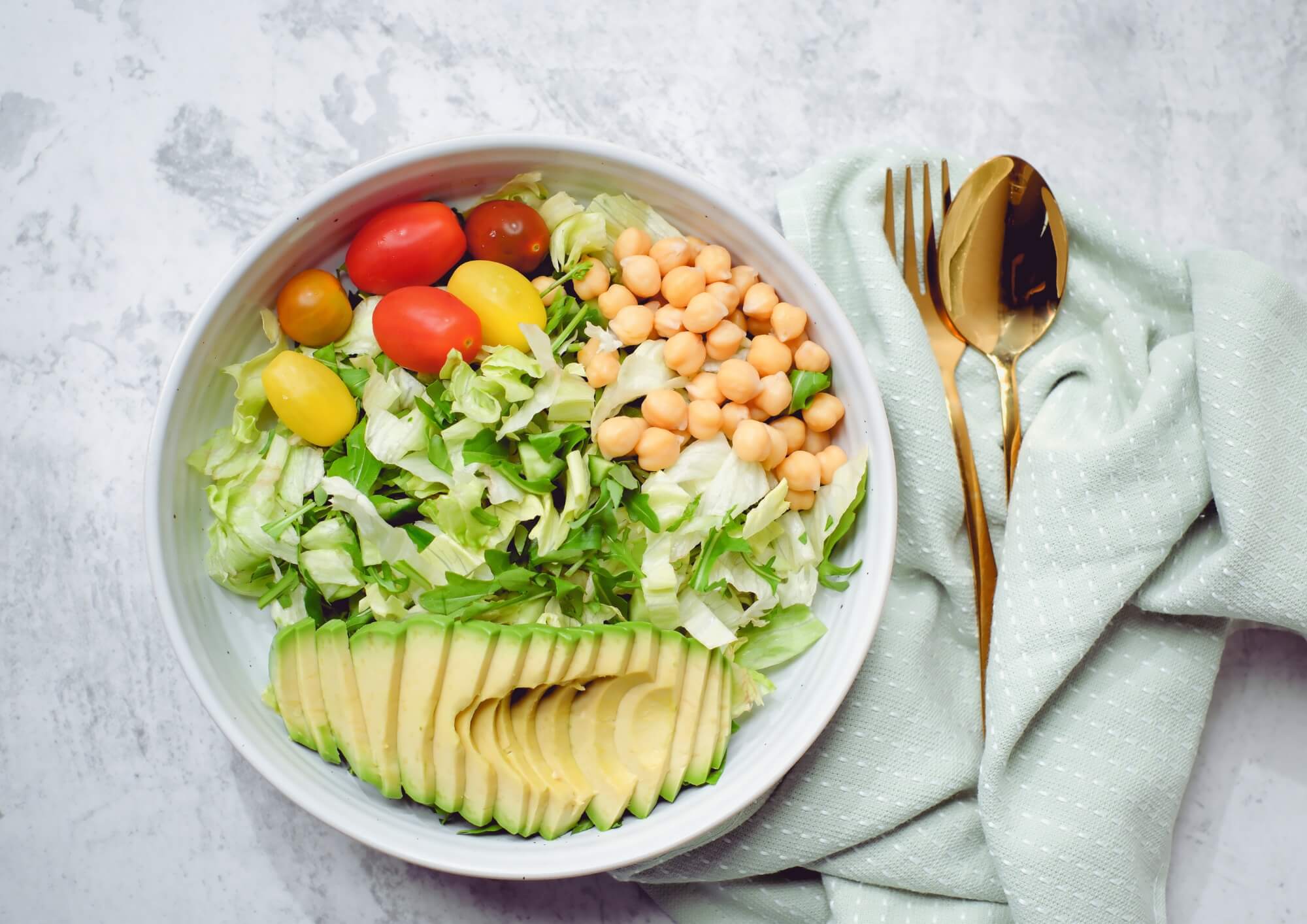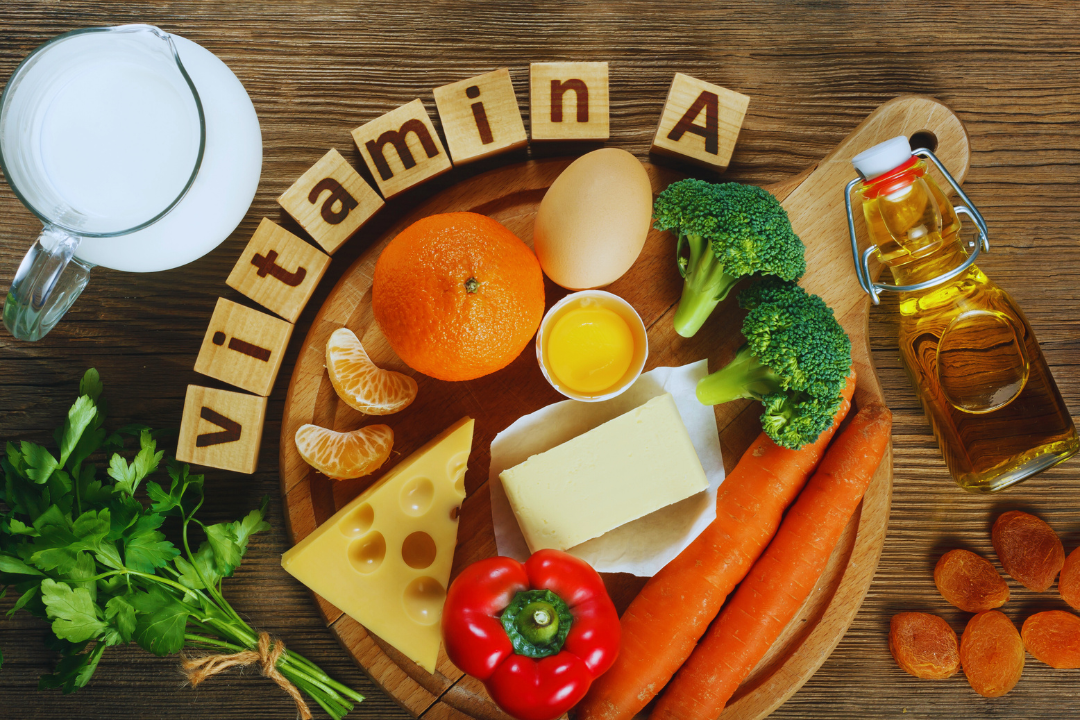How to Build a Balanced Plate: The Secret to Better Nutrition
Overview:
A balanced plate is one of the simplest and most effective tools for maintaining good health. By building a balanced plate, you are well on your way to giving your body the fundamental nutrients it needs to work in harmony. On a balanced plate, you are supposed to serve the right amount of fruits, vegetables, proteins, whole grains, and healthy fats-all ingredients that add toward your general being. In this blog, we are going to cover what comprises a balanced plate, how to structure your meals for better nutrition, and the benefits you'll realize with small changes in your diet.The Components of a Balanced Plate:
-
Vegetables and Fruits (Half the Plate):
- Vegetables: These are particularly rich in fiber, which is essential for digestion, and they offer vitamins like vitamin K (for blood clotting and bone health) and vitamin C (for immune support).
- Fruits: These provide essential nutrients containing vitamins, minerals, and antioxidants. Among all, berries, oranges, and apples contribute significantly towards enabling the body to deal with oxidative stress and inflammation.
-
Lean Proteins (One-Quarter of the Plate):
- Lean Animal Proteins: Skinless poultry (chicken or turkey), fish (salmon, tuna), and eggs are excellent choices. These proteins provide essential amino acids that are the building blocks for muscle repair and other important bodily functions.
- Plant-Based Proteins: Beans, lentils, tofu, and quinoa are great plant-based alternatives for vegetarians or those looking to reduce their meat consumption. These plant proteins also provide fiber, which promotes healthy digestion.
-
Whole Grains (One-Quarter of the Plate):
- Examples of Whole Grains: Brown rice, quinoa, barley, oats, and whole-wheat bread or pasta are excellent options. These foods provide fiber that helps regulate blood sugar levels, maintain gut health, and keep you feeling full longer.
-
Healthy Fats:
- Sources of Healthy Fats: Olive oil, avocado, nuts, seeds, and fatty fish (like salmon and mackerel) are great sources of heart-healthy fats that support brain function and reduce inflammation.
- Portion Control: Although healthy fats are vital for your health, they are also calorie-dense, so it’s essential to watch portions to avoid overeating.
-
Dairy or Dairy Alternatives:
Benefits of a Balanced Plate:
- Preventing Chronic Diseases:
- Maintaining Energy Levels:
- Digestive Health:
Precautions:
- Watch Portion Sizes: A balanced plate is not just about the right food groups; it’s also about the right portion sizes. Eating even healthy foods in excess can lead to weight gain.
- Limit Processed Foods: Processed and sugary foods are often high in unhealthy fats, sugar, and sodium. Try to limit these and focus on whole, minimally processed foods for better health outcomes.
Recommendations:
- Eat a Rainbow: Aim for a colorful variety of vegetables and fruits to get a broad range of nutrients.
- Portion Control: Balance is key, so ensure you are serving appropriate portions, especially when it comes to high-calorie foods like grains and fats.
- Hydrate: Don’t forget about hydration! Drink plenty of water throughout the day to support digestion, energy levels, and overall health.
Sources:
- USDA. "MyPlate." USDA MyPlate
- Harvard T.H. Chan School of Public Health. "The Nutrition Source – Vegetables and Fruits." Harvard T.H. Chan
- Academy of Nutrition and Dietetics. "Protein Foods." EatRight.org
- American Heart Association. "Whole Grains." American Heart Association
- National Dairy Council. "The Importance of Dairy in the Diet." National Dairy Council









